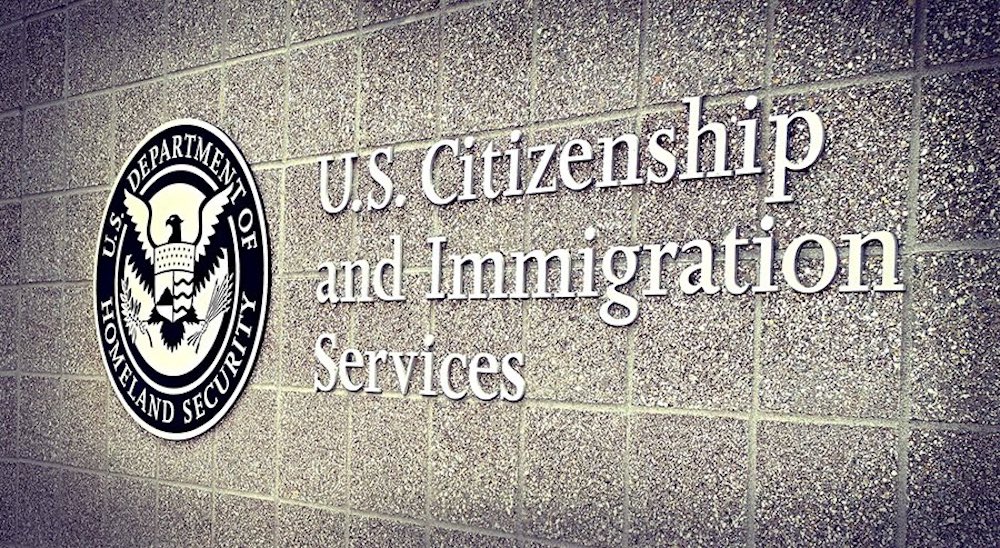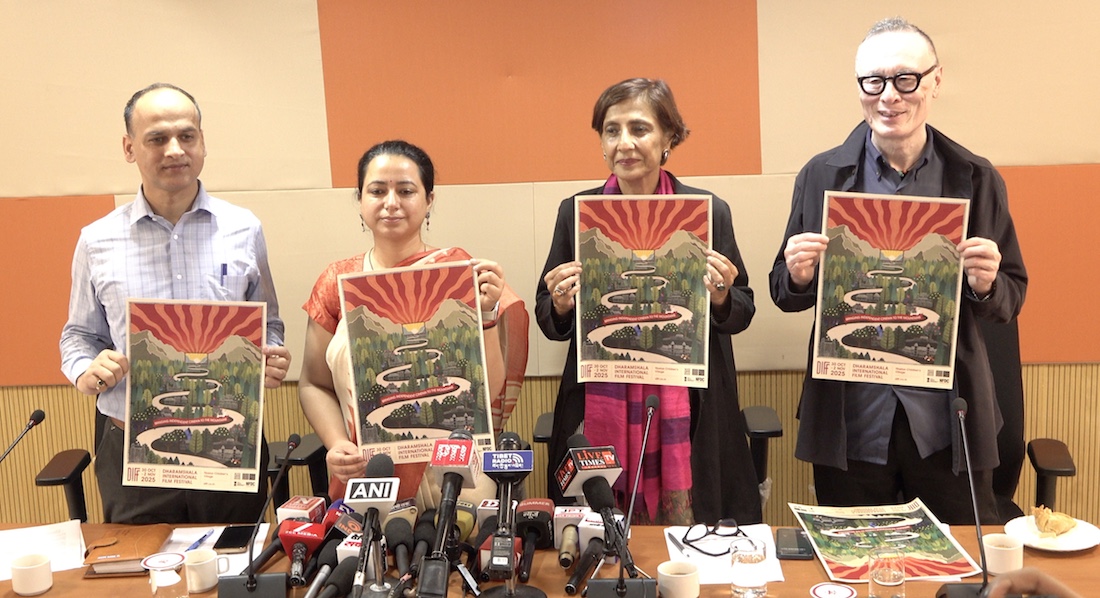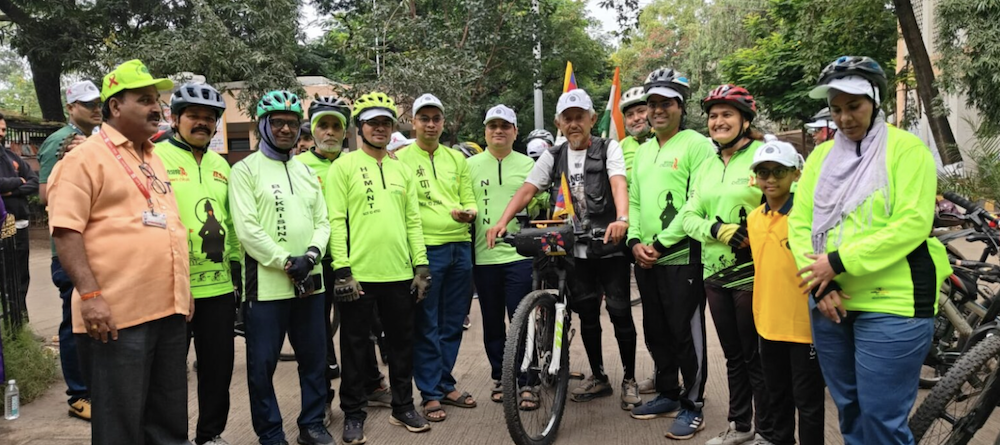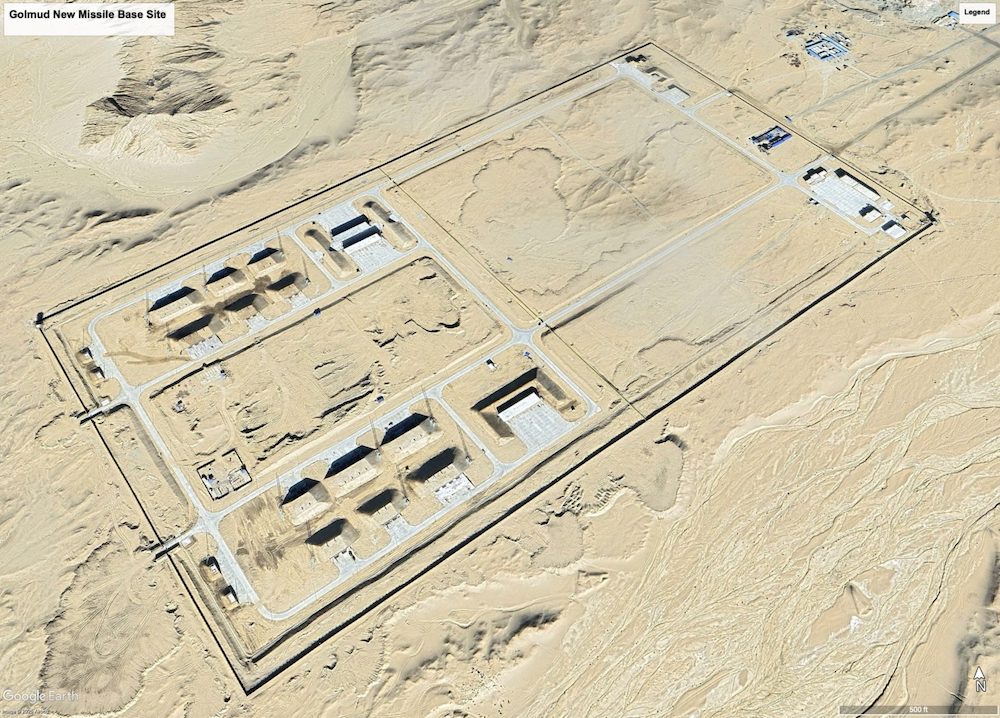 Forty-five years ago, the Dalai Lama disguised himself as a soldier and sneaked out of Lhasa where his predecessors ruled supreme for centuries, in one of the most dramatic flights of the 20th century.
Forty-five years ago, the Dalai Lama disguised himself as a soldier and sneaked out of Lhasa where his predecessors ruled supreme for centuries, in one of the most dramatic flights of the 20th century.
The Dalai Lama has never stepped foot again in Tibet. But for one foot soldier who accompanied the Tibetan spiritual leader out of his palace on March 17, 1959, it had not been immediately apparent how fateful that day would be.
Mingyur, who at age 29 had already served 11 years in the Tibetan army, was told only to follow the Dalai Lama and protect him.
“But I didn’t know where the Dalai Lama was heading and what lay in the future,” said Mingyur, who uses only one name and who like the Dalai Lama now lives in the north Indian hill station Dharamsala.
The Dalai Lama and a 37-strong entourage crossed into exile in India on March 30, 1959, after a 13-day trek that crossed the Himalayas and a 500-meter (-yard) wide stretch of the Brahmaputra river.
Mingyur said the Dalai Lama’s escape route was clearly in the range of Chinese troops.
“There was more mental than physical stress during the journey,” he remembered.
“We were concerned about the safety of His Holiness. We weren’t feeling physical exhaustion or pain.”
It had been more than eight years since China sent troops into Tibet, which it considers an inalienable part of its territory, but trouble boiled over in Lhasa on March 10, 1959 as rumours spread that the Dalai Lama was to be kidnapped.
The Dalai Lama had been invited to a Chinese army camp three kilometers (two miles) away. While many historians doubt the Chinese were planning to abduct the monk, then 23, who had a nominal role in administering Tibet, the mere thought of mistreatment of the reputed incarnation of the Buddha brought thousands to the streets.
“The Chinese must go! Leave Tibet to the Tibetans!” the protesters chanted.
According to the Dalai Lama’s recollections, three mortar shells were heard from the palace on March 17, 1959, and his aides believed he must leave at once.
“It was I who had to find the answer and make the decision; but with my inexperience in the affairs of the world it was not easy,” the Dalai Lama wrote in his autobiography, “My Land and My People.”
“If I did escape from Lhasa, where was I to go, and how could I reach asylum? Everything was uncertain. Our minds were overwhelmed by such unanswerable questions. We could not tell where the journey would lead or how it would end,” the Dalai Lama wrote.
At 10:00 that night, the Dalai Lama traded his maroon monastic robes for the clothes of a common soldier like Mingyur, put on a fur cap, slung on a rifle, and sneaked incognito out of his winter palace, Norbulingka.
Mingyur, now 74, recalled his shock.
“I felt like blacking out on seeing His Holiness looking like that,” Mingyur said. “I knew bad times were striking Tibet.”
Despite the astute attention the Chinese authorities had given to keeping the Dalai Lama as at least a figurehead in Tibet, he escaped below the radar screen as he made his way to India.
When bombs fell on the Norbulingka palace on March 20, the Dalai Lama was already well away. But he would later say that news of the crackdown persuaded him to cross into exile.
“When I left the Norbulingka, and throughout this first hectic part of the journey, I was not thinking of going straight to India. I still hoped to be able to stay somewhere in Tibet,” the Dalai Lama wrote.
The night he left Lhasa, the entourage crossed the Kyichu River and into the protection of Khampa guerrillas, who with US support had been battling Chinese troops in eastern Tibet.
The Tibetan government-in-exile based in Dharamsala says the flight of the Dalai Lama was organised purely by Tibetans and denies allegations made periodically by China and Western media reports that it was aided by the US Central Intelligence Agency (CIA).
But the exiled Tibetans acknowledge that the Khampa guerrillas used their radio contacts with the CIA to let the United States know of the Dalai Lama’s plans and ensure India was ready to grant him asylum.
Mingyur said the Dalai Lama’s entourage never anticipated China’s iron-fisted crackdown of the 1959 rebellion, in which Tibetans say thousands died.
“What they did was beyond our imagination. We thought the whole thing would be over in a short time. If India didn’t provide asylum then, I don’t know what would have happened,” Mingyur said.
The Dalai Lama’s brother Ngari Rinpoche, who is now 58, was among the Tibetans who fled into India, whose first prime minister Jawaharlal Nehru let them have Dharamsala as a base in 1960.
“It is hard for me to remember and to tell how I was feeling then. Nevertheless, it was a very exciting time for a 13-year-old boy,” he said.
But he said the situation has since become “very complex,” with an increasingly confident China boasting it has dramatically improved Tibet’s economy since it “liberated” the territory.
While the Dalai Lama says he is seeking autonomy for Tibet within China, Beijing frequently accuses him of separatism and demands he definitively give up aspirations for independence and recognise Taiwan as part of China before a settlement can be reached.
Ngari Rinpoche said that rather than dwelling on the past, Tibetans should look to the future and figure out what to do after the death of his elder brother, whose gentle demeanor has won him a worldwide support network.
“This topic cannot be avoided. It is a reality that he will one day pass away,” Ngari Rinpoche said.
“There cannot be a vacuum after his passing away. I feel it is very important for Tibetans to discuss this.”









